Mimi and the Wolves Volume 1
By Alabaster Pizzo
Avery Hill Publishing
Alabaster Pizzo started Mimi and the Wolves as a self-published effort back in 2013, releasing two more volumes over the next few years. This collection of those original three volumes will hopefully unleash Pizzo’s unique effort to a wider audience that craves more fantasy-based comics but is looking for something that doesn’t embrace the typical tropes.
As fantasy world lives go, Mimi’s is an idyllic one of precious rustic charm. A diminutive girl who spends her time in her treehouse making garlands and being with her partner Bobo, who is a sort-of dog-like fellow, Mimi also likes to help out at the farm owned by her best friend Ceres and Ceres’ sometimes lazy husband, Cato.
It seems like a simple life, but there is some tension there, partly the struggle for Ceres to make ends meet at the farm even with Mimi and Bobo helping out in exchange for meals. But there’s also something underlying, deep in Mimi’s subconscious — recurring dreams of a mysterious woman named Venus, whose visitations have some purpose that Mimi cannot quite ascertain.
If there is one foreboding aspect of this world, it’s the wolves that lurk in the forest and Mimi is warned about them. But Mimi’s garlands contain aspects of these dreams and one day, a wolf named Ergot approaches her about it. Mimi puts her trust in Ergot and finds out that those dreams she’s been having most of her life, the woman featured in them is some kind of goddess to the wolves. Mimi thinks that the wolves might be the key to understanding what her dreams are trying to tell her.
A new path can wreak habit on an old one, though, and the more Mimi becomes involved in the culture of the wolves, the more in conflict her mission to uncover her true purpose becomes with her partnership with Bobo and the more open she becomes to the politics and rivalries of different wolf packs and members.
In fashioning her fantasy world, Alabaster Pizzo pulls from a number of inspirations that aren’t typical, and this differentiates Mimi and the Wolves from a lot of things out there. There’s a flavor of the Japanese aesthetic of Kawaii that dominates the appearance of the non-wolf characters, which defines their general demeanor within the story. Their world has the atmosphere of British works like The Window in the Willows or even Winnie the Pooh at times, but with an added Richard Scarry vibe, kind of Busytown-gone-rural.
The looming forests and their foreboding presence has a distinctly Grimm Brothers feeling to them, in stark contrast with the friendly Richard Scarry town and farm folk. The wolves themselves are creatures from Tove Jansson’s darker thoughts and when Mimi is in the woods, her outfit evokes Little Red Riding Hood, from which her story seems inspired as well.
But if Little Red Riding Hood is a tale devised to scare young women off the dangers that lurk out into the world — rightly or wrongly warning them that there is only safety at home and even then evil can creep in — Mimi and the Wolves makes the counter-argument that it’s much more complicated than that.
As Mimi slowly moves over into the wolves world, becoming more impacted by it, more a part of it, Pizzo mixes darkness and light. There are aspects to the experience that are rewarding and illuminating for Mimi, but there are also incidents that evoke feelings of domestic abuse and make it seem like Mimi has joined a cult. At the same time, Pizzo allows her heroine the curiosity and bravery to explore the world she has been warned about, refusing to accept the black-and-white dichotomy that civilization lays out for her.
It’s these subtleties that make Mimi and the Wolves such a pleasure. Characters grow but within contexts that aren’t dominated by tropes like good or bad, but rather part of a complicated atmosphere that envelopes reality and requires nuance on the part of people breathing it in. In this way, Mimi and the Wolves could be read as a fable of a young woman’s journey of independence, much like Little Red Riding Hood before it, but in this version, the main character isn’t being urged to run and hide but rather, learn and grow.



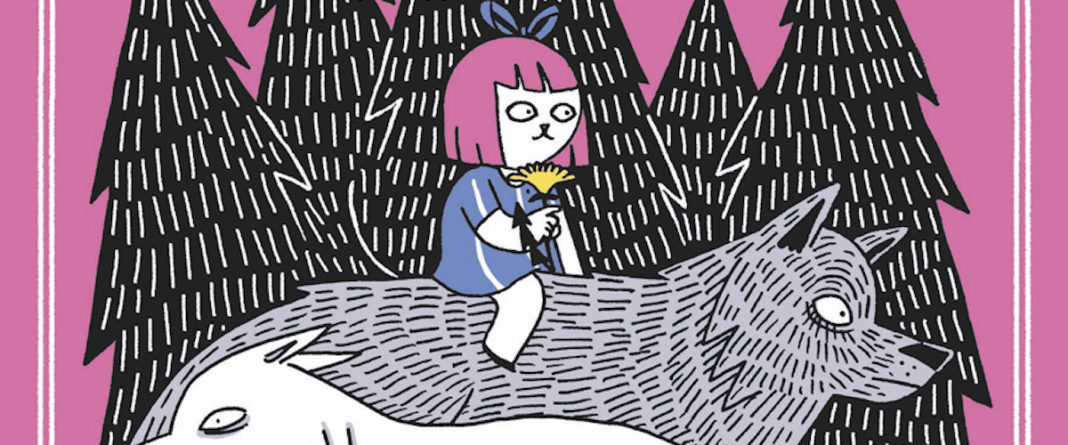
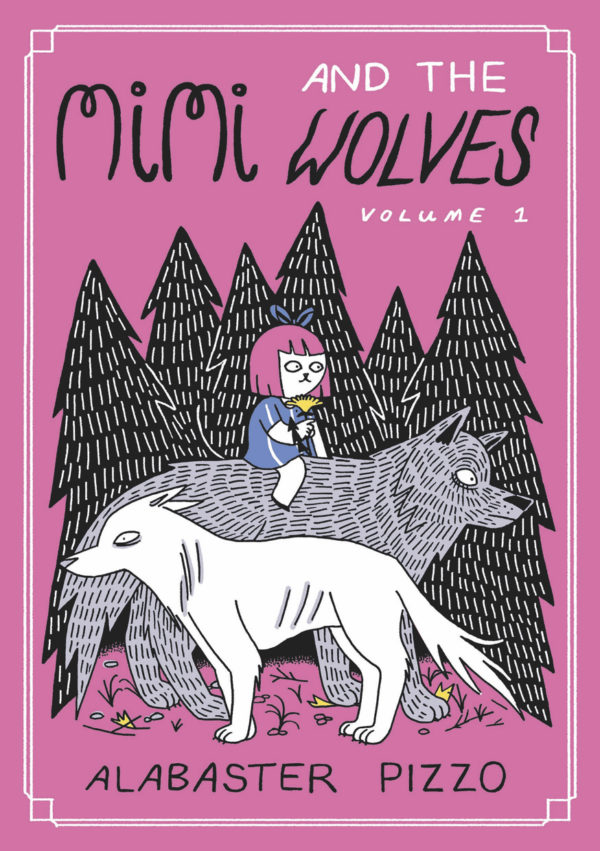
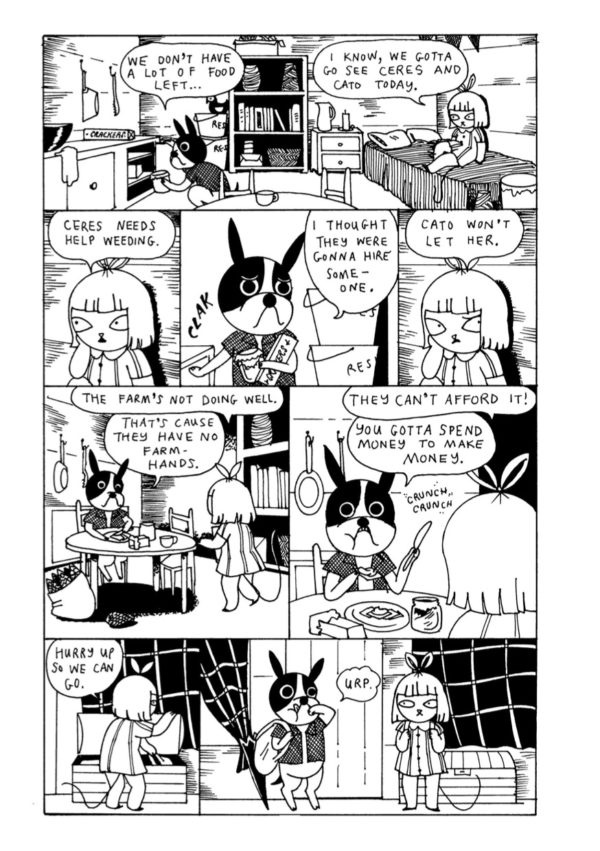
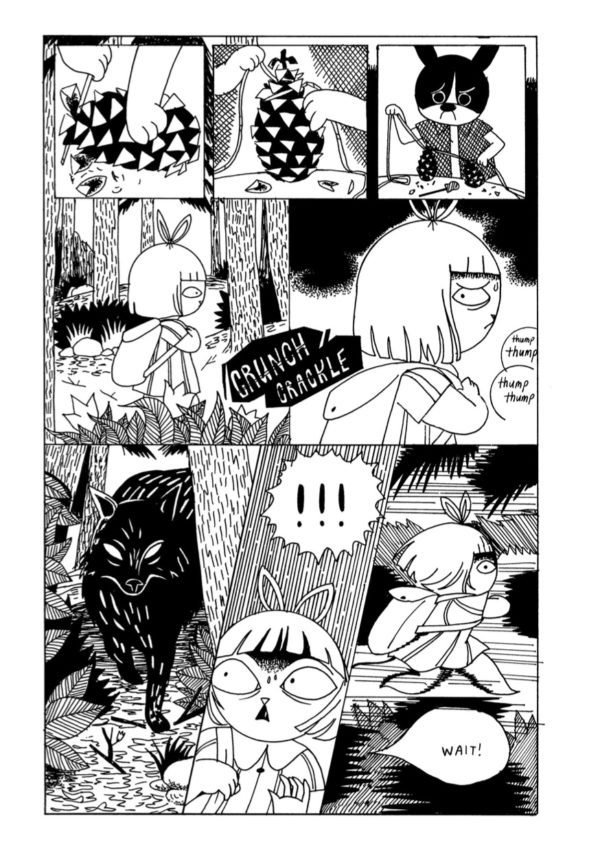
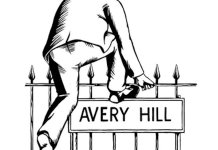
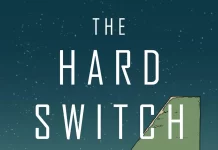
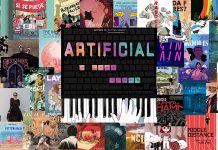





Looks pretty readable to me. It’s charming, those panel movements. Stuff that is more complex and yet so simple is intriguing. I like that type of thing anyway, there’s something happening. Good stuff.
Comments are closed.